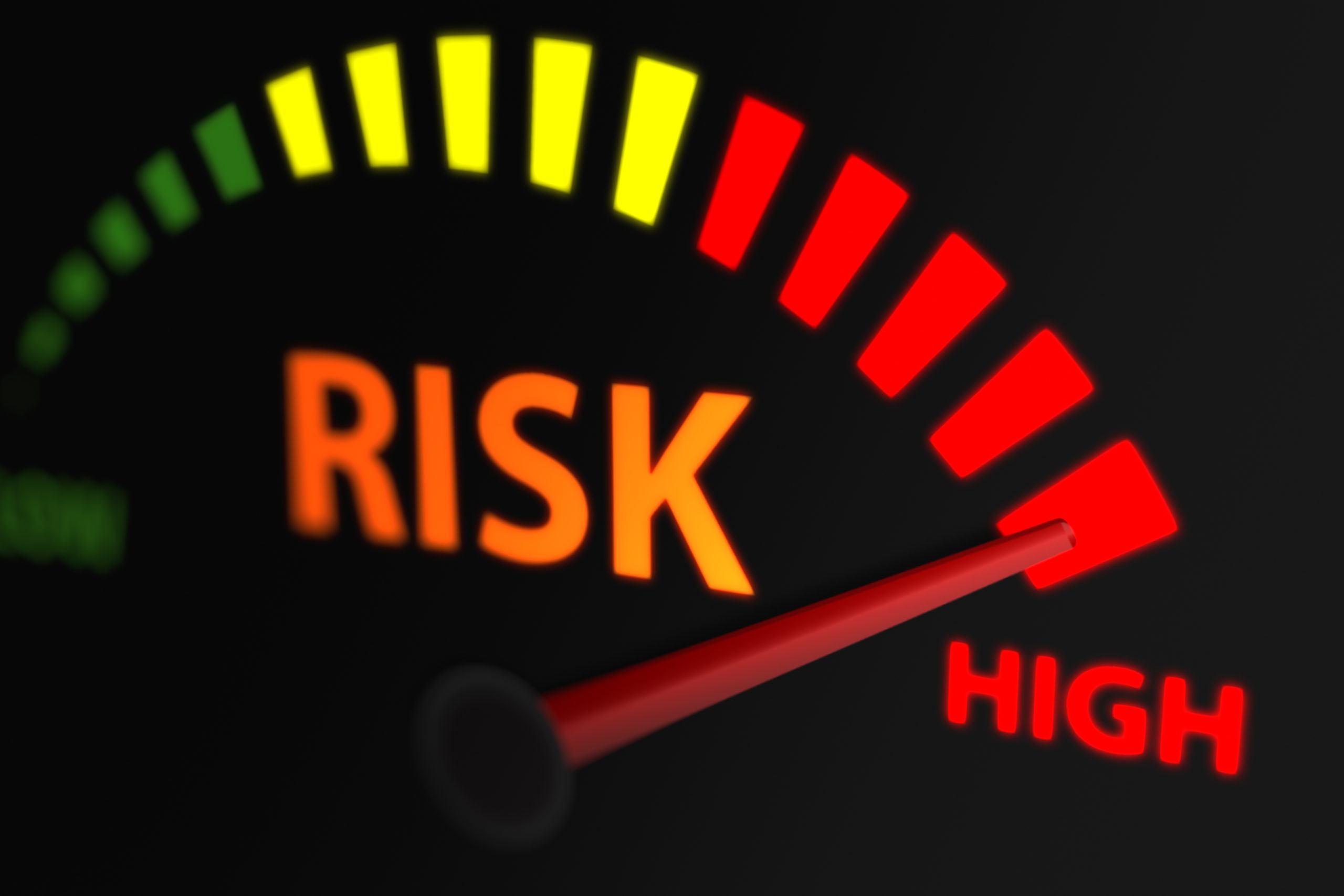Topics tagged with "Prodrome"

Therapies for prevention of PTSD
What is psychotherapy for the prevention of PTSD? Early intervention models suggest psychological interventions given to an individual exposed to a traumatic event may prevent the onset of trauma-related symptoms. Cognitive therapies are based on the theory that an individual’s perception of a situation influences his or her emotional response to it. They aim to help people identify distorted thinking and to modify existing beliefs. Cognitive processing therapy is a type of cognitive therapy that involves psychoeducation, written accounts about the traumatic event, and cognitive restructuring to address beliefs about the event’s meaning and its implications. Cognitive behavioural therapy (CBT)…

All pharmaceutical treatments for prevention of PTSD
What are medications for the prevention of PTSD? Scientific understanding of the neurobiological changes occurring during PTSD onset shows memory consolidation appears particularly vulnerable to disruption in the first six hours after trauma, making this a crucial period for intervention for prevention of PTSD. This technical commentary presents the evidence on pharmaceutical interventions administered during this period. Please also see the psychotherapy for prevention of PTSD topic. What is the evidence on medications for the prevention of PTSD? Hydrocortisone is a glucocorticoid, which attenuates heightened fear response through increased removal of fear-inducing memories. Moderate to low quality evidence found a…

Therapies for high-risk groups
What is high risk for bipolar disorder? People deemed at high risk for bipolar disorder can be identified by having a family history of a mood disorder and/or having subclinical symptoms that are not severe enough for a diagnosis. Subclinical symptoms include depression, difficulty with concentration, episodic mood swings, anxiety, sleep disturbances, and sensitivity to stress. Familial risk accompanied by mood dysregulation or other mood symptomatology could help define the population at high risk of bipolar disorder. Early intervention involves identifying and treating these high-risk individuals as repeated mood episodes put people at risk of poor symptomatic and functional recovery….

Medication for high-risk groups
What is high risk for bipolar disorder? People deemed at high risk for bipolar disorder can be identified by having a family history of a mood disorder and/or having subclinical symptoms that are not severe enough for a diagnosis. Subclinical symptoms include depression, difficulty with concentration, episodic mood swings, anxiety, sleep disturbances, and sensitivity to stress. Familial risk accompanied by mood dysregulation or other mood symptomatology could help define the population at high risk of bipolar disorder. Early intervention involves identifying and treating these high-risk individuals as repeated mood episodes put people at risk of poor symptomatic and functional recovery….

Early detection
Why is early detection of bipolar disorder important? Early detection of bipolar disorder can prevent or delay the onset of the disorder, and improve clinical outcomes in people who develop it. What is the evidence regarding early detection of bipolar disorder? Moderate to high quality evidence suggests large effects of having psychotic symptoms or a family history of bipolar disorder as risk factors for transition to bipolar disorder in people with major depression. There was a medium-sized effect of higher risk of transition to bipolar disorder with early age of onset of depression, and a small effect of having a…

Therapies and medications for high-risk groups
What are high-risk groups? A key target of early intervention is “indicated prevention” for individuals at high risk of psychosis who have been identified with early signs of the disorder, but do not meet any diagnostic criteria. There are two key approaches for identifying people with early signs. The first approach is based on Huber’s Basic Symptoms, which focuses on a detailed way of describing phenomenological (subjective) disturbances in the domains of perception, cognition, language, motor function, will, initiative and level of energy, and stress tolerance. Because the basic symptoms refer only to subtle subjectively experienced abnormalities, they may reflect…

Cognition in high-risk groups
What are high-risk groups? There are two key approaches for identifying people with early signs that may suggest a high risk of developing psychosis or schizophrenia. The first approach is based on Huber’s Basic Symptoms, which focuses on a detailed way of describing phenomenological (subjective) disturbances. Because the basic symptoms refer only to subtle subjectively experienced abnormalities, they may reflect an earlier phase in the disease process than the second approach, which identifies at-risk mental states as a combination of; a family history of psychosis (familial risk) plus non-specific symptoms and recent decline in functioning; recent onset Attenuated Psychotic Symptoms…

Early detection
What is early detection of psychosis? Early detection refers to the correct identification of individuals who are at high risk of developing schizophrenia, with an emphasis on the development of frank psychosis. Generally, there are two approaches that dictate the characteristics used as markers for detection. The first is the ultra-high risk approach which focuses on a triad of at-risk mental states defined as having a family history of psychosis plus non-specific symptoms and recent decline in functioning, recent onset of attenuated psychotic symptoms with decline in functioning, and brief, intermittent and limited psychotic symptoms. The other approach is based…
Green - Topic summary is available.
Orange - Topic summary is being compiled.
Red - Topic summary has no current systematic review available.